The Green Mountain Boys Flag: Story of Vermont's Revolutionary Banner

The Green Mountain Boys Flag
General John Stark of New Hampshire commanded a militia brigade known as the “Green Mountain Boys”.
Tradition relates that its green flag was flown at the Battle of Bennington on August 16, 1777. As in many American flags, the stars here were arranged in an arbitrary fashion.
Nevertheless they signified the unity of the Thirteen Colonies in their struggle for independence.
The Green Mountain Boys Flag, often historically associated with the Battle of Bennington in 1777, is one of the most enduring and recognizable unofficial military flags of the American Revolutionary War. It symbolizes the spirit of independence and the fierce dedication of the Vermont militia.
Identity and Origin (c. 1775)
The flag is tied to the Green Mountain Boys, a colonial militia organization formed in the territory that would eventually become the state of Vermont. Initially organized in the 1760s to resist land claims from New York, their efforts quickly shifted to the revolutionary cause against Great Britain.
- Key Event: The flag is famously (though sometimes debated) connected to the Battle of Bennington in August 1777, where the militia forces played a crucial role in defeating General Burgoyne's army detachment.
- Controversy: The version of the flag commonly displayed today (featuring the number "76") is sometimes debated by vexillologists (flag historians). Some historians suggest the flag's design was popularized after the battle, but its association with the Bennington conflict remains strong.
Description and Symbolism
Its unique color and star arrangement distinguish the Green Mountain Boys Flag.
Field: Dark Green represents the Green Mountains of Vermont, the primary territory of the militia.
Stars: Thirteen White Stars. The stars are arranged in an uneven pattern (often an arc) in the canton (the upper left corner) and represent the thirteen united colonies.
Canton: Blue provides a contrasting field for the white stars, echoing later American flag designs.
Flag Shape: Long, often irregular dimensions. Suggests a regimental or cavalry standard rather than a naval ensign.
Historical Significance
- Early American Defiance: The flag was flown during a period (1775–1777) when the design of the official American standard was still in flux. It represents a local, non-Continental force asserting its independence.
- Fort Ticonderoga: The Green Mountain Boys, led by Ethan Allen, were responsible for capturing Fort Ticonderoga in May 1775, one of the first aggressive actions of the war. While they likely carried some form of regimental banner, this action solidified their legendary status.
- Battle of Bennington (1777): The victory at Bennington was a major turning point, severely weakening the British forces leading up to the decisive Battle of Saratoga. Thus, the flag became a powerful symbol of colonial grit and success.
- State of Vermont: Today, the flag serves as an essential historical icon for the state of Vermont, honoring its unique role and Origin during the Revolution, where it stood as a self-declared, independent entity (the Vermont Republic) for fourteen years before joining the Union.
The Green Mountain Boys Flag is not just a piece of cloth but a vital representation of the regional and decentralized nature of the early American fight for freedom.



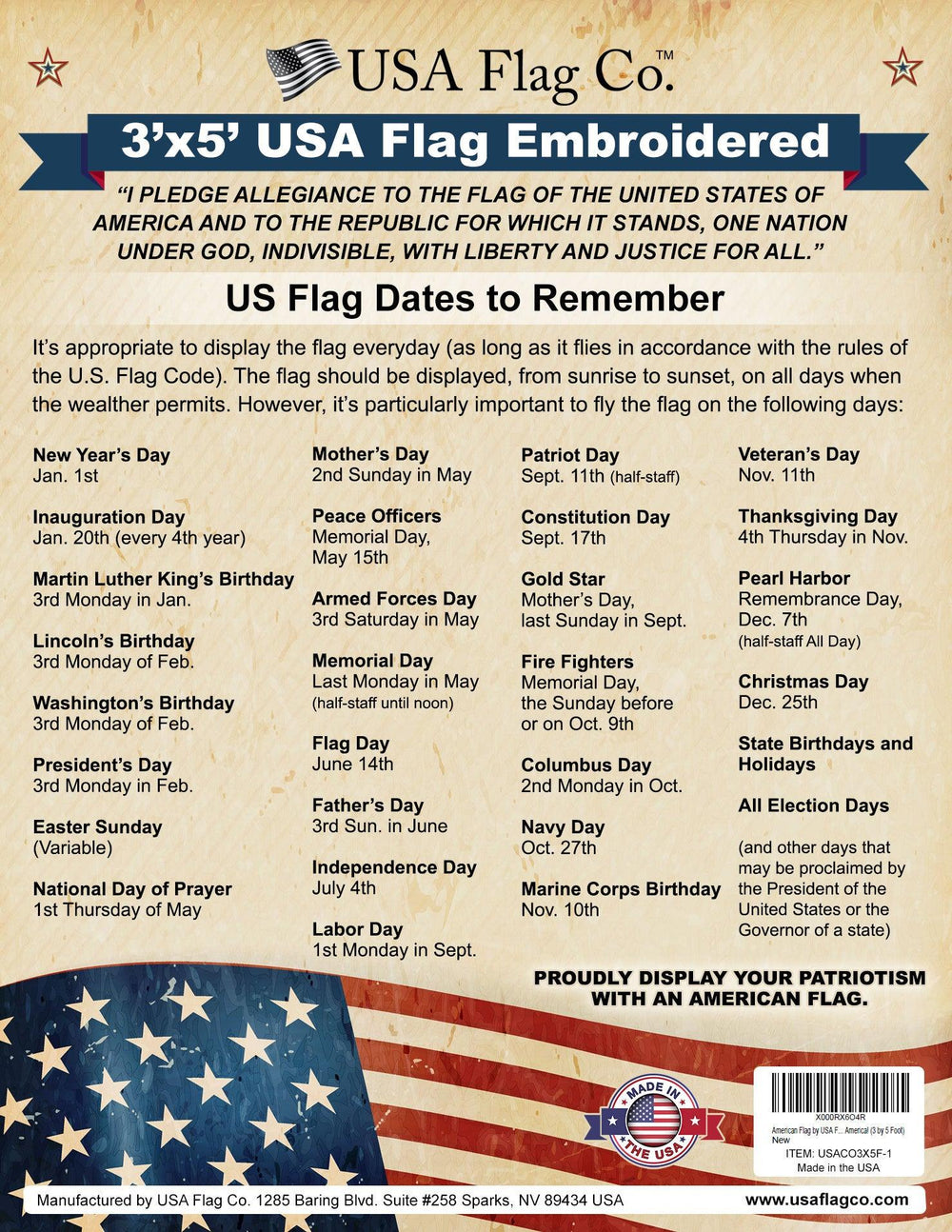

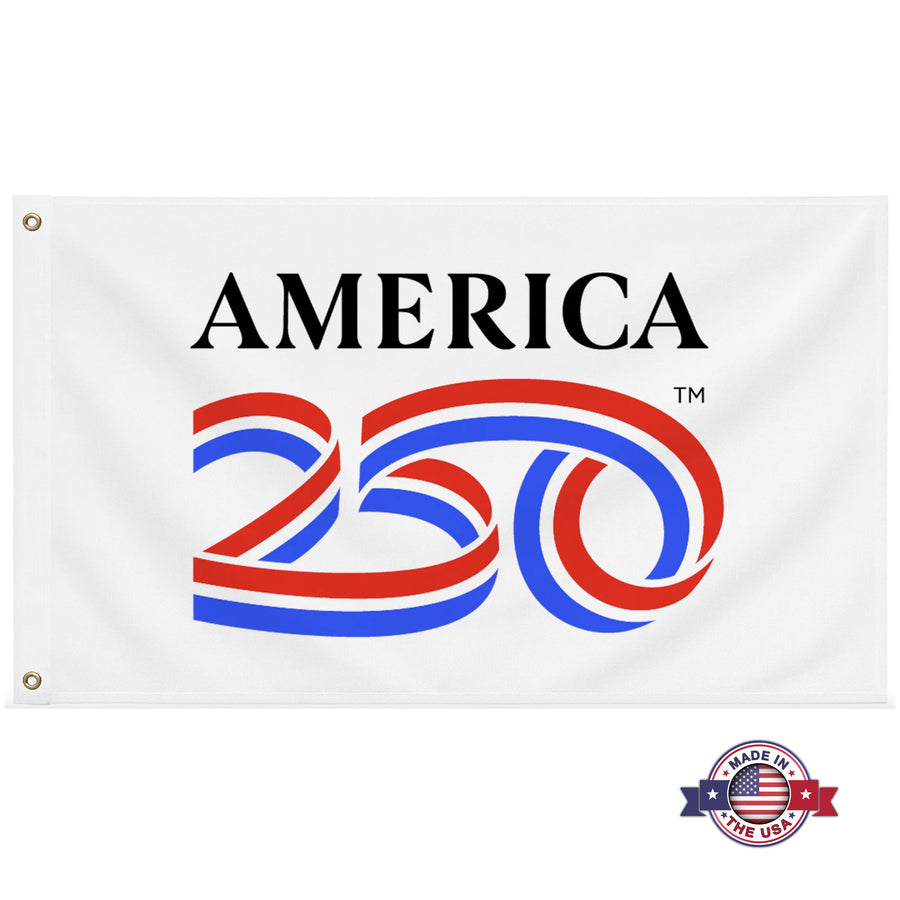




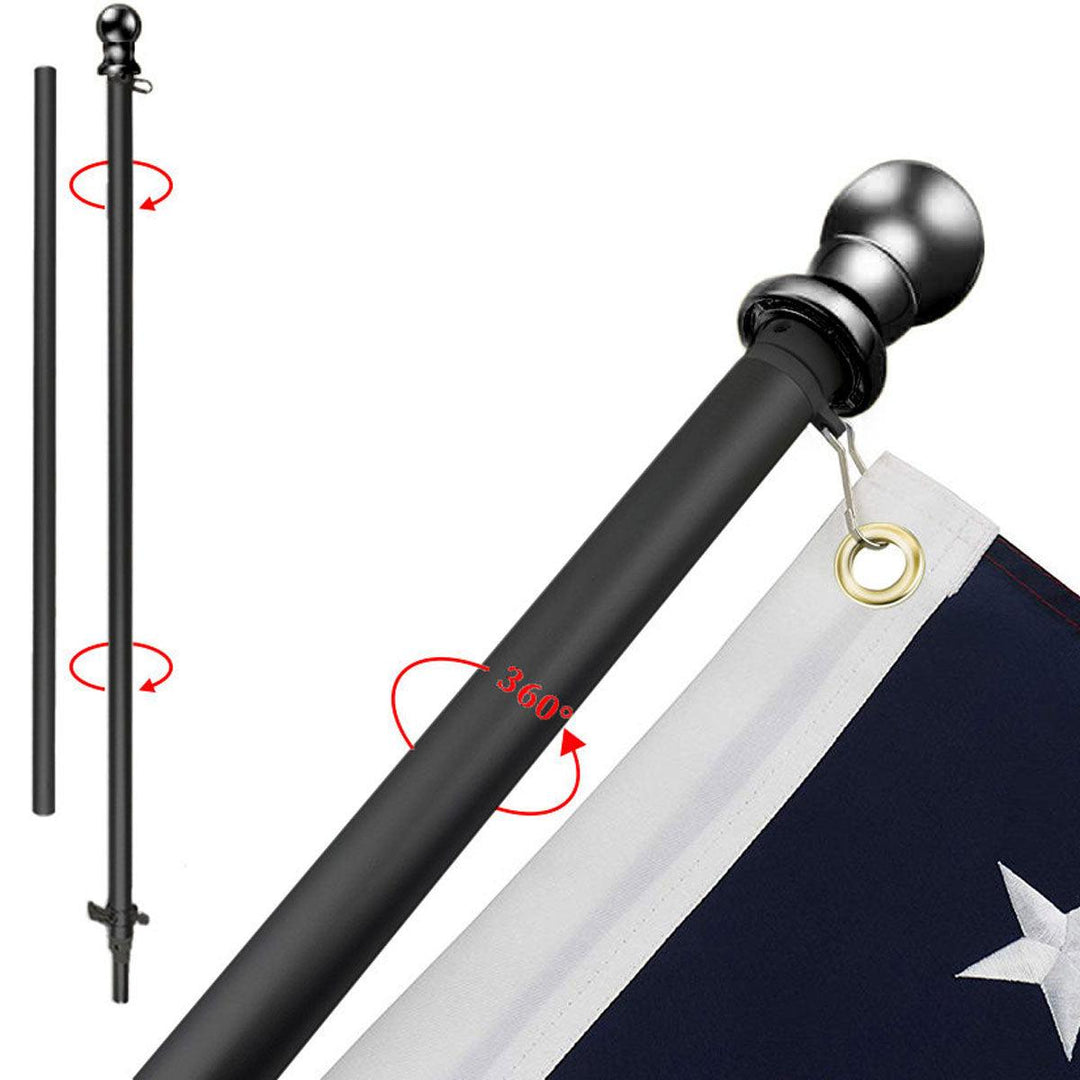

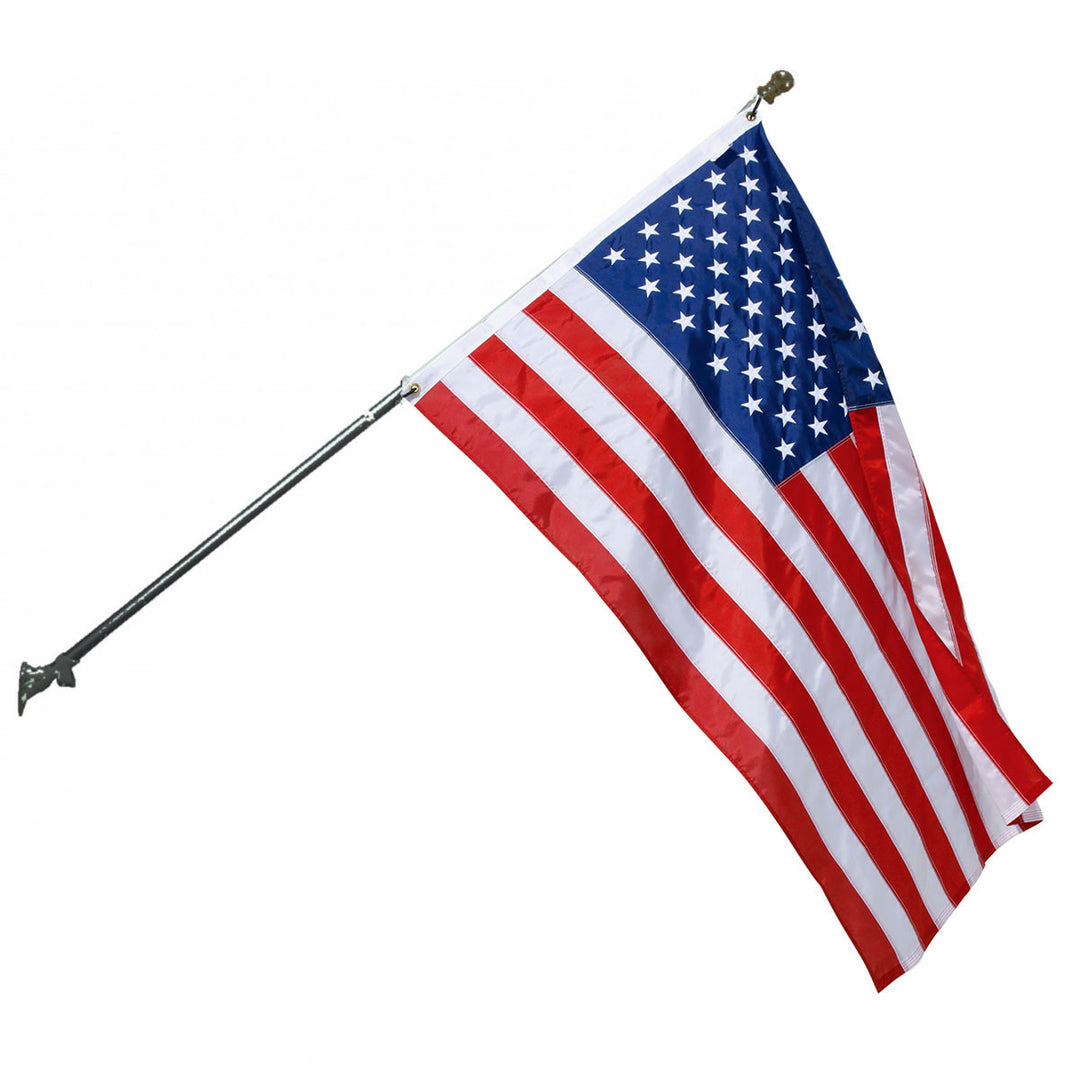

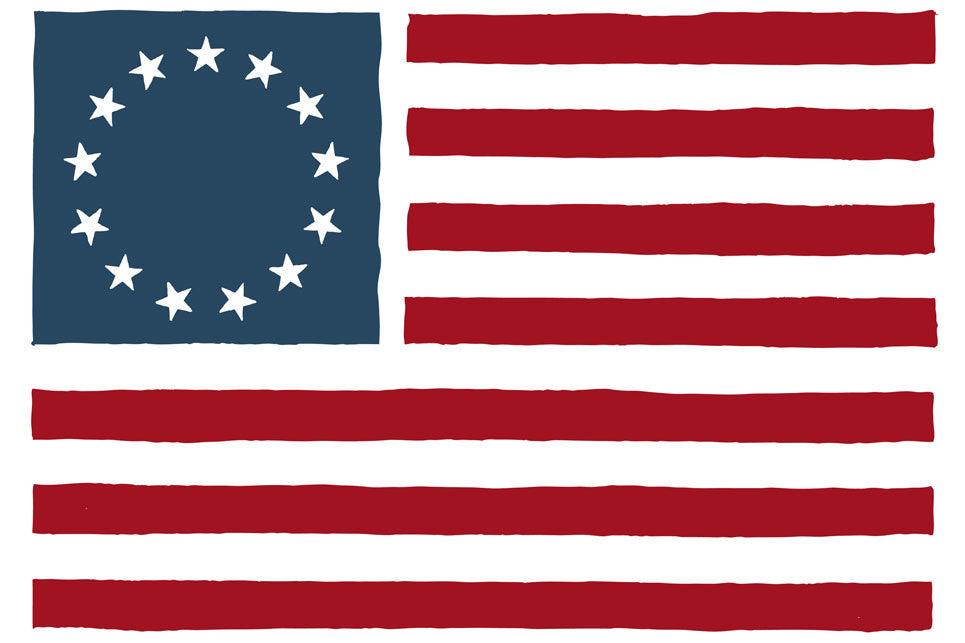

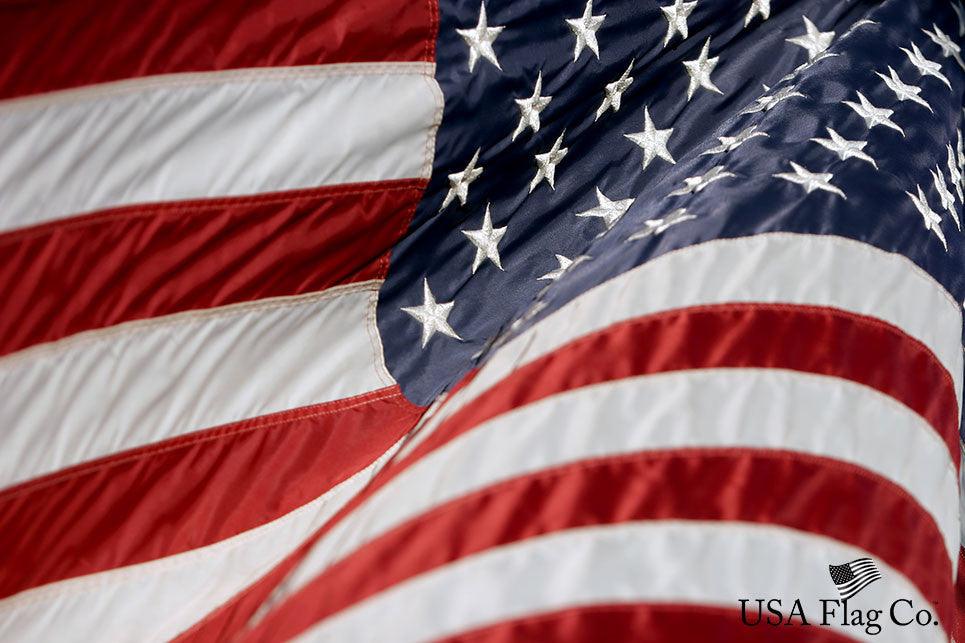
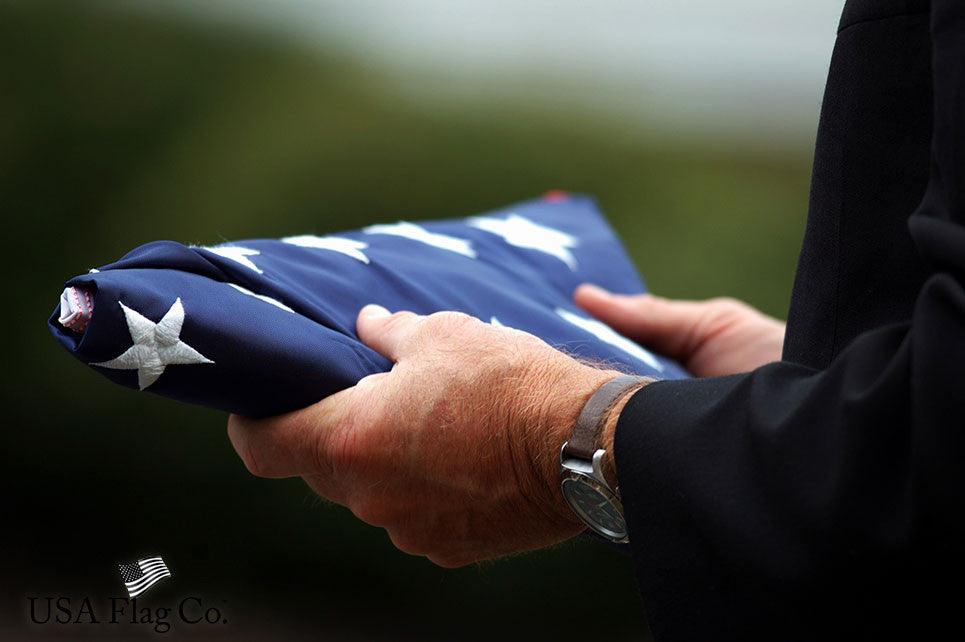



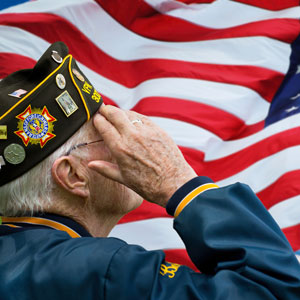
Leave a comment